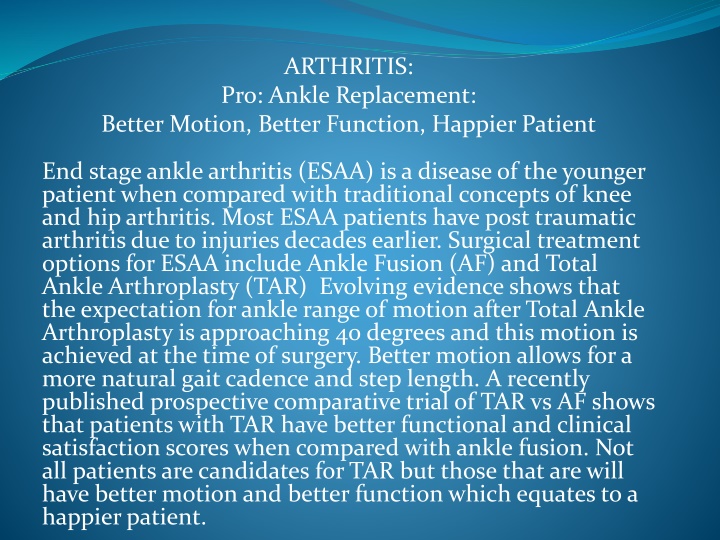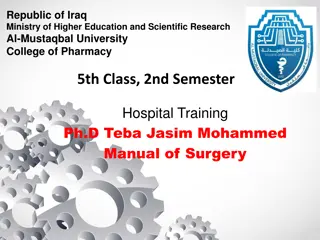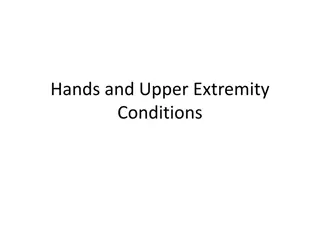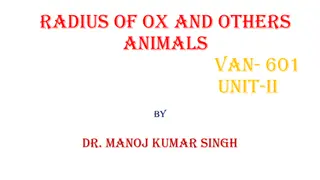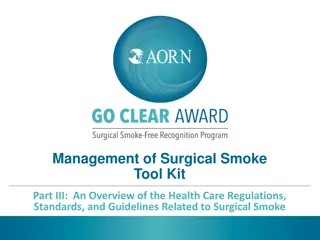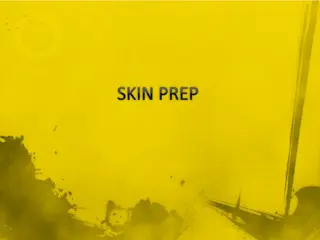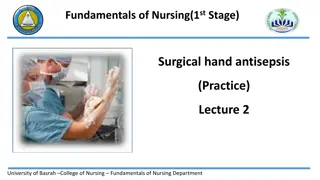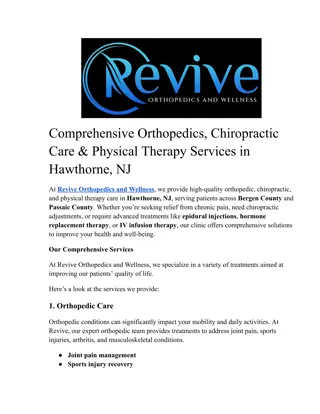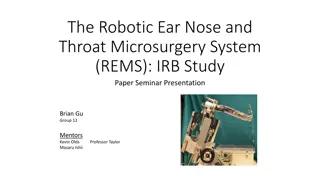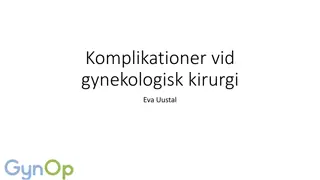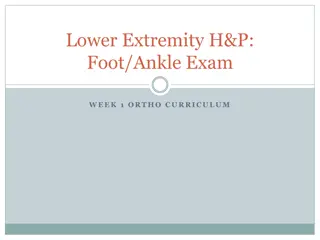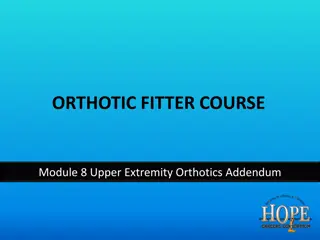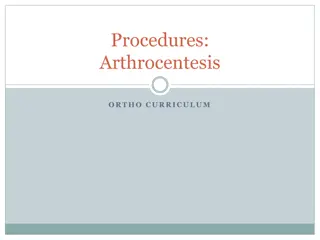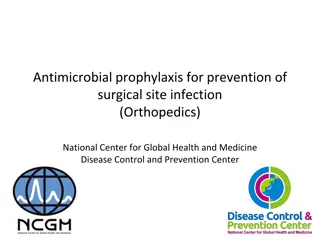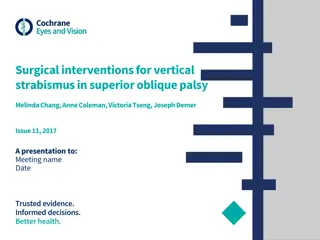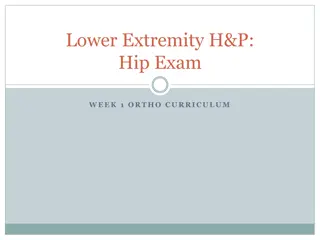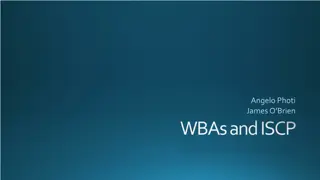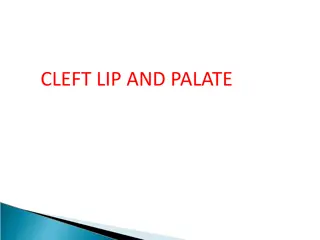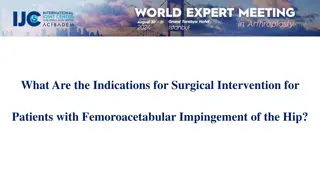Surgical Innovations in Lower Extremity Orthopedics
Ankle replacement for end-stage ankle arthritis, osteotomy for bunions, and OATS for OCD talus are discussed in this informative content. Learn about the latest surgical techniques and advancements in lower extremity orthopedics.
Download Presentation

Please find below an Image/Link to download the presentation.
The content on the website is provided AS IS for your information and personal use only. It may not be sold, licensed, or shared on other websites without obtaining consent from the author.If you encounter any issues during the download, it is possible that the publisher has removed the file from their server.
You are allowed to download the files provided on this website for personal or commercial use, subject to the condition that they are used lawfully. All files are the property of their respective owners.
The content on the website is provided AS IS for your information and personal use only. It may not be sold, licensed, or shared on other websites without obtaining consent from the author.
E N D
Presentation Transcript
ARTHRITIS: Pro: Ankle Replacement: Better Motion, Better Function, Happier Patient End stage ankle arthritis (ESAA) is a disease of the younger patient when compared with traditional concepts of knee and hip arthritis. Most ESAA patients have post traumatic arthritis due to injuries decades earlier. Surgical treatment options for ESAA include Ankle Fusion (AF) and Total Ankle Arthroplasty (TAR) Evolving evidence shows that the expectation for ankle range of motion after Total Ankle Arthroplasty is approaching 40 degrees and this motion is achieved at the time of surgery. Better motion allows for a more natural gait cadence and step length. A recently published prospective comparative trial of TAR vs AF shows that patients with TAR have better functional and clinical satisfaction scores when compared with ankle fusion. Not all patients are candidates for TAR but those that are will have better motion and better function which equates to a happier patient.
BUNIONS: Osteotomy Necessary to Achieve Balance Bunion correction remains one of the more common lower extremity surgeries performed. A frustratingly high recurrence rate persists in the literature. The key to both early and late satisfaction with maintenance of correction is balance of the metatarsal over the sesamoid complex. Restoration of the sesamoid complex alignment restores medial column stability without the need to joint ablative procedures like 1st tarsometatarsal fusion. A metatarsal osteotomy remains the preferred technique of the majority of academic orthopedic surgeons to address the increased inter-metatarsal angle and functional medial column instability inherent in an acquired bunion deformity.
OCD TALUS: Pro: Size and Location Matter: Replace the Bone and Cartilage OATS Osteochondritis dessicans (OCD) is a disease of the bone and cartilage. Both the cartilage and the bone injury must be addressed with the selected treatment strategy. Although microfractureand marrow stimulation techniques work well there are well defined limits of this treatment. A cylindrical, press fit, osteoarticularplug (OATS) is best indicated for contained lesions in the talus that are associated with inferior cysts of the talus or those those that have failed primary treatment with marrow stimulation. Consensus statements on osteoarticulargrafts state that the osteoarticulargraft donor source may be autogenic or allogenic, be used with or without bone marrow aspiration, biologic adjuvants or osteotomy. Mid term results show a high level of patient satisfaction with joint preservation in the majority of patients treated.
OCD TALUS: Pro: Juvenile Cartilage Osteochondritis dessicans (OLT) of the talus is a term used broadly and, at times, inappropriately. There are clinical situations where the primary challenge is the disruption of the articular surface without significant damage to the subchondral plate of the talus. Juvenile cartilage is indicated for the treatment of primary OLT lesions greater than 10mm2 (gap strategy) and for revision treatment in the scenario of failure of microfacture. Juvenile proteoglycan content, collagen type II and type IX mRNA are in concentrations 100X that of mature adult human articular cartilage supporting juvenile particulated cartilage as a potent biologic ally for cartilage restoration. Early and midterm data support improved clinical scores without the risk and expense of a second surgery (ACI), donor site morbidity of autogenic OATS but with the financial cost of a biologic implant.
